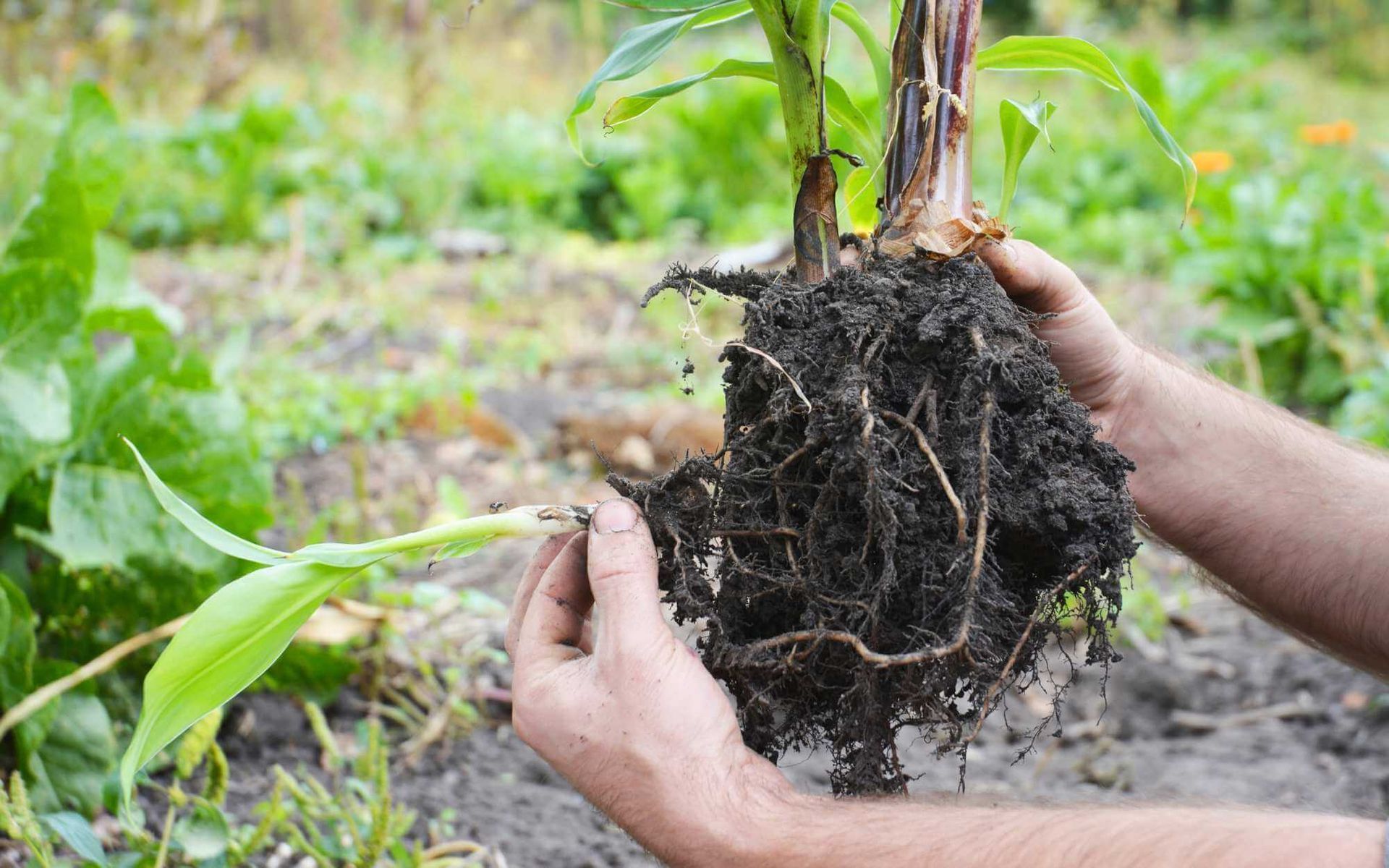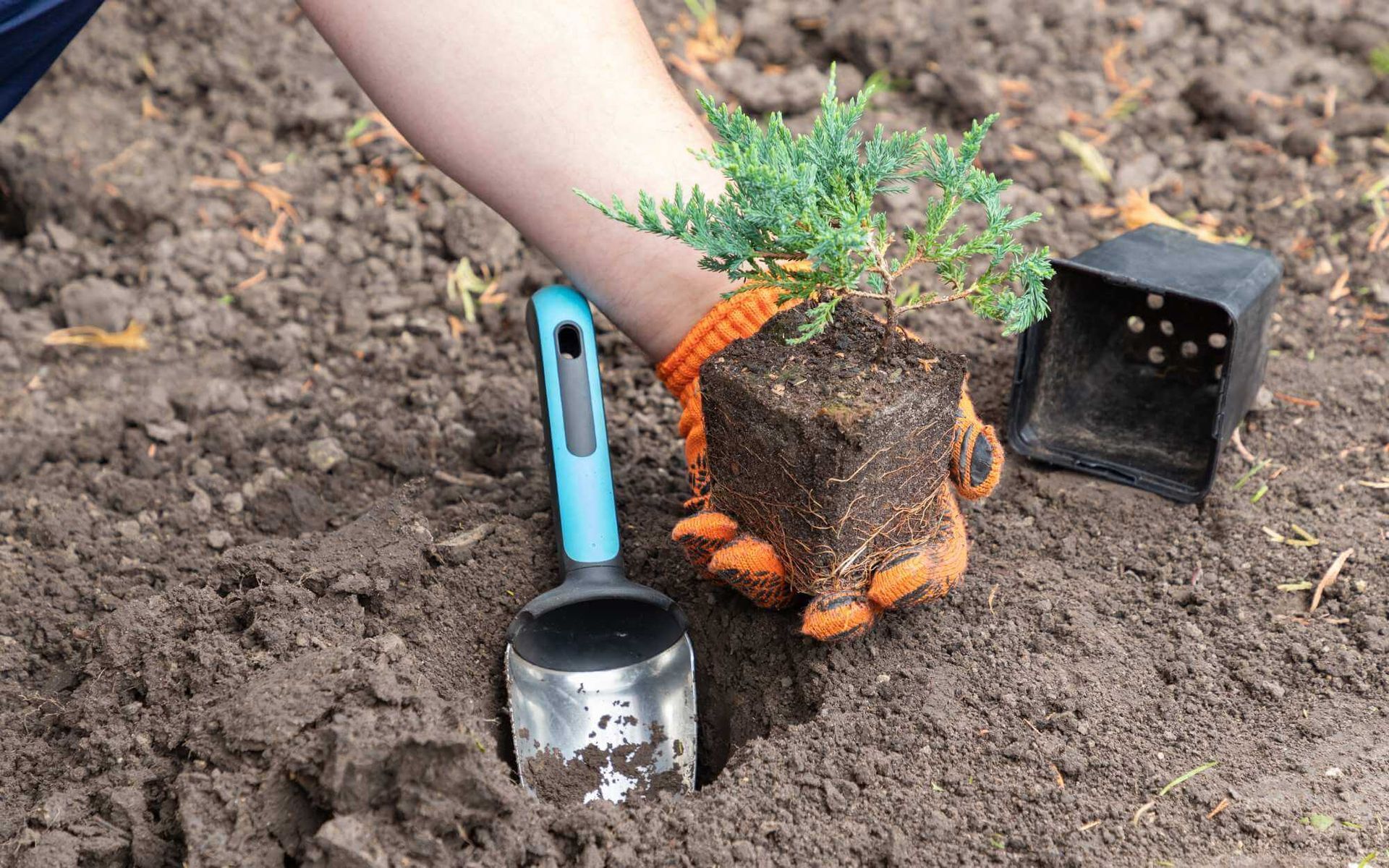Real Tree Team
Arborist, Tree Service and Tree Removal Services
License #: FL-10250A
CALL FOR A FREE QUOTE!
Safe Insect Control Practices for Garden Trees and Shrubs
PUBLISHED ON
SHARE THIS ARTICLE

Keeping our gardens lush, green, and pest-free is a common goal for many of us. However, maintaining the balance between plant health, insect control, and environmental safety can often seem like a tricky puzzle.
It's easy to reach for the most potent insecticide when pests attack our beloved trees and shrubs but it's crucial to remember the impact these chemicals can have on our environment and the beneficial insects that call our gardens home. This is why safe tree and shrub insect control practices are not just a choice, they're a responsibility.
In this blog, we will explore the importance of these practices for the health of our garden trees and shrubs, as well as for the broader ecosystem.
The Need for Insect Control
Insects can cause significant damage to your shade trees, ornamental trees, and vegetable gardens, compromising plant health and detracting from their aesthetic appeal.
Sap-sucking insect pests like aphids drain vital nutrients, causing leaf discoloration, curling, and stunted growth. Certain beetles and caterpillars chew on leaves, leaving unsightly holes or even defoliated branches. More insidious are borers, which tunnel into trunks and branches, obstructing nutrient flow and causing structural weakness or even death.
Besides the direct harm, insect damage often makes plants more susceptible to disease and decay. These adverse effects ruin the visual appeal of gardens and can lead to costly replacements if unchecked.
Safe and Eco-Friendly Insect Control Methods in Residential Areas
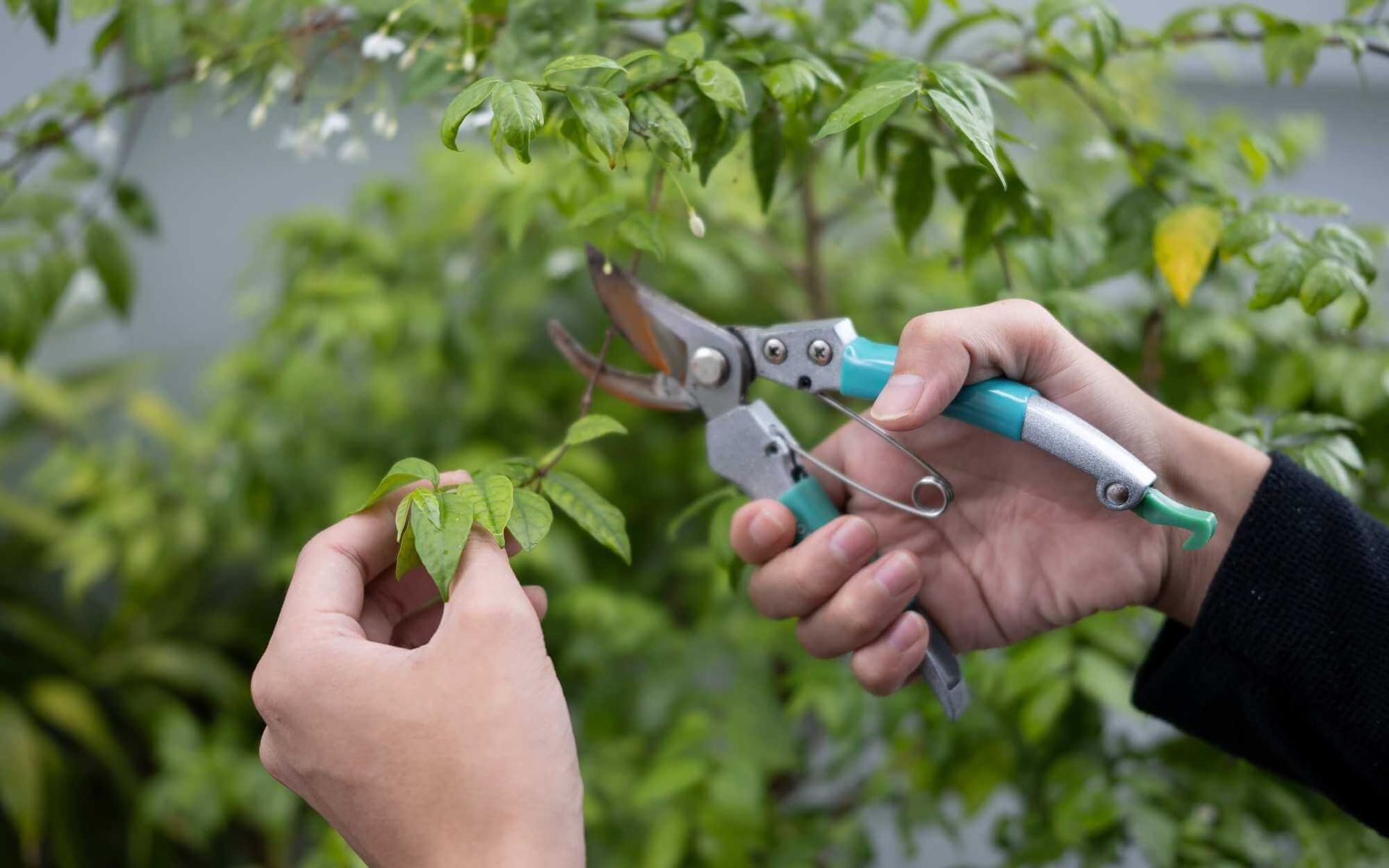
To effectively protect your garden shrubs and trees, it's essential to use safe and eco-friendly insect control measures.
Biological Control
Beneficial insects are nature's pest control, preying on harmful insects and maintaining the health of your lawn. They include ladybugs, lacewings, spiders, and parasitic wasps, which feed on pests like aphids, mites, and caterpillars.
Attracting these beneficial garden insects involves planting a variety of native plants that provide nectar, pollen, and habitat. Choosing plants that bloom at different times ensures a consistent food supply. Providing a source of fresh water and avoiding the use of harsh pesticides create a welcoming environment for these helpful garden allies.
Cultural Control
Proper plant selection and placement are integral in mitigating insect infestation. Opt for native, disease-resistant varieties and space them adequately to ensure good air circulation, reducing fungal issues that attract pests. Strategically place pest-prone plants near those attracting beneficial insects.
Regular maintenance practices, like timely pruning of dead or diseased branches and cleaning up fallen leaves, minimize habitats for pests. Healthy soil nurtured by organic compost can bolster plant immunity, making them less appealing to insects.
Adopting these measures can substantially decrease the need for chemical insecticides.
Mechanical Control
Physical removal involves manually picking off insects or washing them away with water. This method is most effective for larger, visible pests like caterpillars or beetles.
Barriers, such as nettings or collars, can prevent insects from reaching plants. Traps, often laced with specific pheromones or attractive colors, lure pests to their demise.
These methods, while labor-intensive, provide an immediate solution and prevent further infestation without resorting to harmful chemicals.
Organic Insecticides
Natural insecticides, derived from plants, minerals, or other natural sources, offer an environmentally friendly alternative to synthetic chemicals. These include neem oil, diatomaceous earth, and pyrethrin. Application methods vary but often involve spraying, dusting, or direct application to infested areas.
Despite their organic origins, natural insecticides can still harm beneficial insects or cause skin or eye irritation. Therefore, it's crucial to use organic control products responsibly. Apply minimally, target specific pests, avoid contact with beneficial insects, and always follow label instructions for safe usage.
Tips for Implementing Safe Insect Control Practices
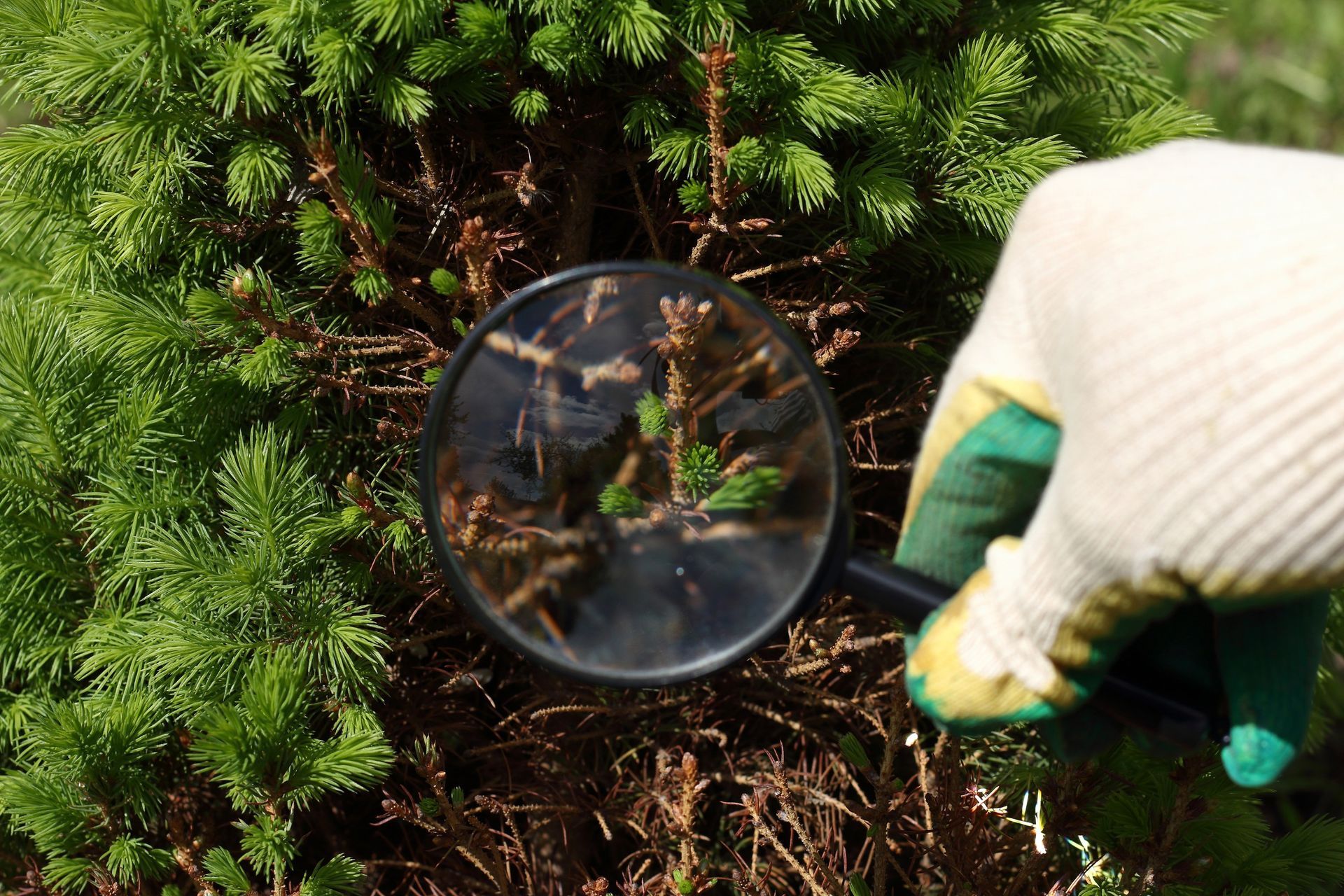
Implementing safe and effective pest control practices is simple with these tips. Follow them to protect your garden trees and shrubs while safeguarding the environment.
- Regularly inspect plants for signs of insects and damage.
- Identify the specific pest to determine the most effective control method.
- Encourage beneficial insects by providing a diverse, pesticide-free environment.
- Use safe cultural and mechanical practices to prevent infestation before it occurs.
- Consult with a professional or extension agency for guidance on eco-friendly insecticides if needed.
By following these tips and utilizing safe insect control practices, you can maintain a thriving garden while protecting the environment and its inhabitants.
Ensure safe insect control for a healthy garden and environment!
Adopting safe insect control practices is vital to preserving the ecological balance of our gardens and the broader environment.
By fostering beneficial insects, implementing preventative measures, and using eco-friendly methods, we maintain our garden's health and visual appeal. These sustainable practices mitigate environmental harm, protecting the long-term health of our planet.
For comprehensive guidance and implementation of these practices, consider
consulting with a horticultural professional or extension agency.
Want a free quote or some friendly advice? Call our team today:
More Posts From The Real Tree Blog:
ISA Certified Arborists. Licensed, Insured and Bonded.
Providing the Highest Quality Tree Services to South Florida since 1993.
FOLLOW US ON :
Contact Details
BROWARD & PALM BEACH COUNTIES
Site Links

LGBTQ+ Friendly
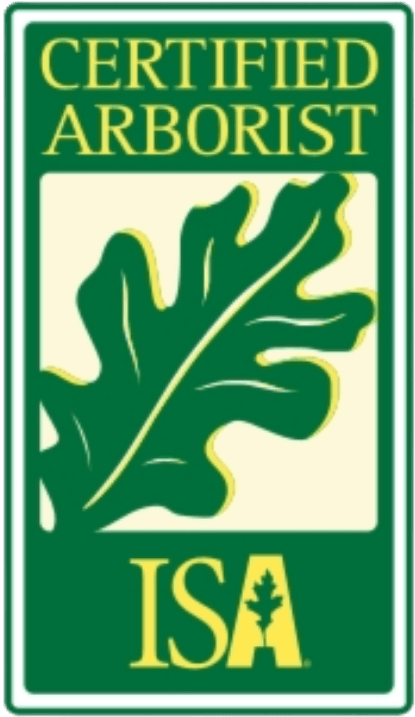
ISA Certified Arborist®
FL-10250A
| Real Tree Trimming & Landscaping, Inc



